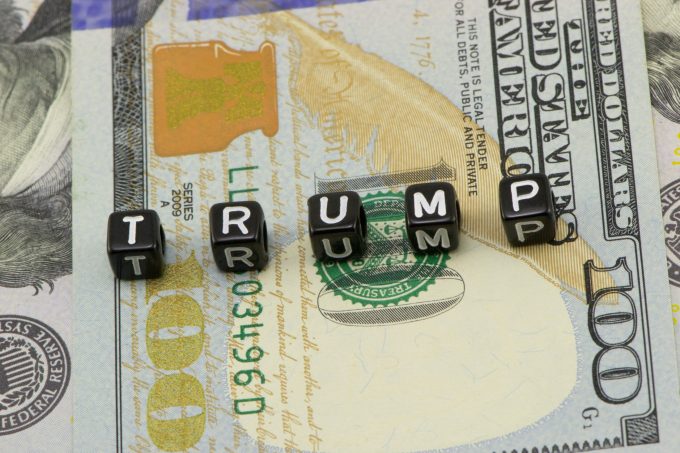Few winners in a bitter trade war that's not to everyone's taste
Chinese diners at American barbecue restaurants in Beijing are chewing on a loss of authenticity ...

Donald Trump has indicated that he would implement new tariffs if returned to the White House.
While this is not likely to achieve desired domestic effects, it would also be a drag on trade. Cargo owners are worried.
The annointed presidential candidate of the Republican party appears bent on raising barriers to international cargo flows.
Mr Trump has floated ideas of a general tax cut, to be funded by increased tariffs on imports, indicating a flat tariff of 10% on all imports and ...
Maersk u-turn as port congestion increases across Northern Europe
Apple logistics chief Gal Dayan quits to join forwarding group
Maersk Air Cargo sees volumes fall as it aims for 'margin in favour of revenue'
Airlines slash freighter capacity post-de minimis, but 'the worst is yet to come'
Houthis tell Trump they will end attacks on Red Sea shipping
Transpac rates hold firm as capacity is diverted to Asia-Europe lanes
MSC revamps east-west network as alliance strategies on blanking vary
India-Pakistan 'tit-for-tat' cargo ban sparks sudden supply chain shocks


Comment on this article